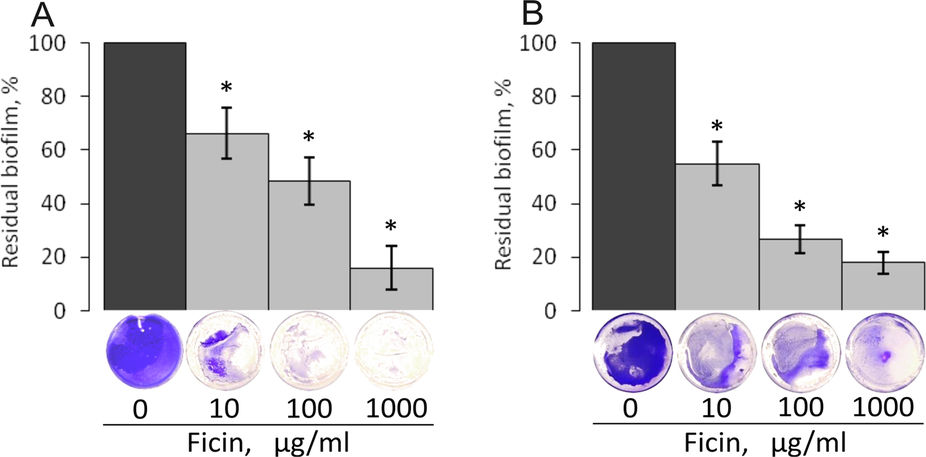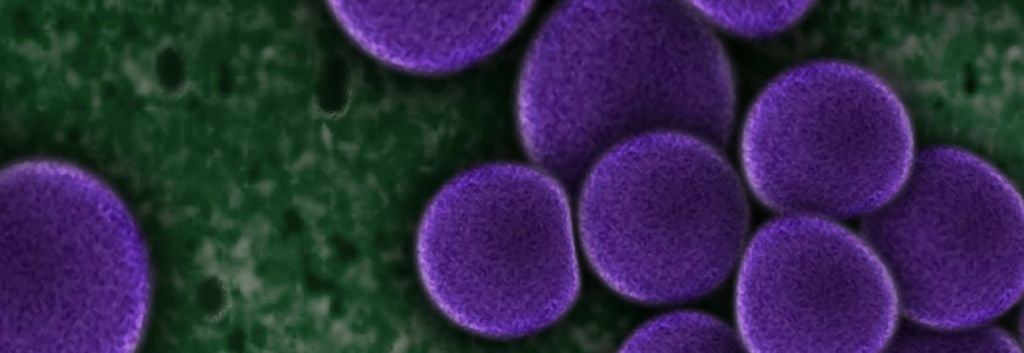Russian researchers have investigated the properties of ficin, an enzyme that breaks down proteins, in helping antibiotics be more effective against infections like Staphylococcus.
At Kazan Federal University and Voronezh University, in Russia, researchers are turning their attention to an understudied protease extracted from fig’s latex. As now published in Scientific Reports, the enzyme turned out to be quite effective at clearing up biofilms from Staphylococcus bacteria in preclinical studies.
Biofilms are a problem in a very different range of settings, from industrial sites to wound infections. Inside the biofilm, bacteria are protected from antibiotics. One of the solutions in wound care is to increase the antibiotic concentration by as much as a thousand-fold. Bacteriophages, an antimicrobial therapy now regaining popularity, are capable of acting inside biofilms. Another way to go about it, however, is to target the biofilm directly, letting the antibiotic regain its efficacy.

For Staphylococcus bacteria, which can cause serious infections and are common in skin lesions, breaking down the biofilm is easier due to its relatively high content of protein. Protein-breaking enzymes, proteases like trypsin and papaya-extracted papain, had already been used in wound care, but ficin appears to work better than the commonly used trypsin. The main advantage of plant proteins, like papain and ficin, are their low allergenic profile, being generally less cytotoxic than animal or bacterial enzymes.
The research team intends to keep on studying how to tackle other types of biofilms. The chemical composition of the biofilms of other common infections, such as E. coli and pseudomonades, has less proteins and more sugar polymers, so different types of enzymes will be needed.
As for ficin’s potential, the strategy is now to be tested in clinical trials. Another challenge is to produce larger quantities of the enzyme, probably requiring a biotechnology-powered expression system.
Images by Pixabay/geralt and





